November 25th, 2011 in Hijab in Islam, Islam, Islamic Clothing with
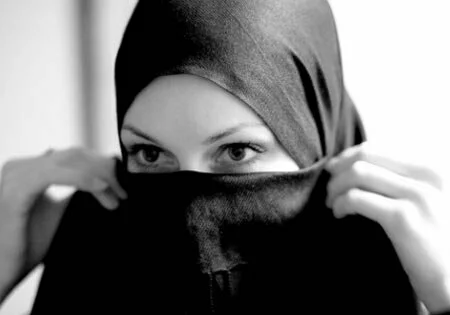
Islam as a faith upholds morality and chastity to great extents. This is enforced in many aspects of their way of living including dressing. There are specific rules guiding the way both Muslim men and women should dress and carry themselves about. Cross dressing is not acceptable in the Islamic faith. Imitation of the opposite gender in terms of way of life and dressing is prohibited, that is, women are not allowed to wear men’s clothing and men too are not allowed to wear women’s clothing.
For men, they should fully cover their ‘awrah’ (from his navel down to the knees) and their clothing should be loose enough such that their ‘awrah is not described by it. Again the clothing should be thick enough not describe the skin color or the part to be covered (awrah).The clothes should not be designed in a way that it attracts attention. The clothes should not exude fame, vanity or pride and nor resemble that of women or non believers. Silk, gold or effimates should be avoided in men’s clothing too.
Women on their part should not wear any clothe that imitates the men’s clothing such as shirts and ties. Their clothing shouldn’t be transparent and tight fitting to the extent it outlines their body figures. Their clothes should aim at covering their entire bodies apart from the face and hands. Their head, bosom and neck should be covered with a khimar. A jilbab is prescribed for them to enshroud their entire body and cover any open spots. The above measures are prescribed so as to eliminate the attraction of men to several aspects the women body that evokes sexual emotions in men.
The Qur’an says (24) 30-31, “And say to the believing women that they should lower their gaze and guard their modesty; that they should not display their beauty and ornaments except what (must ordinarily) appear thereof; that they should draw their veils over their bosoms and not display their beauty except to their husbands, their fathers, their husbands’ fathers, their sons, their husbands’ sons, their brothers or their brothers’ sons, or their sisters’ sons, or their women, or the slaves whom their right hands possess, or male servants free of physical needs, or small children who have no sense of the shame of sex; and that they should not strike their feet in order to draw attention to their hidden ornaments. And o you believers! Turn all toward Allah that you may attain bliss.”
The rules of dressing in Islamic faith for both women and men must always be adhered to during salah or Islamic prayers even if there is no member of the opposite faith present or when a Muslim is praying alone. Just like the women folk in Islamic faith are forbidden from wearing masculine clothes, the Muslim men are also forbidden by the Islamic dressing code from wearing feminine clothing.
October 15th, 2011 in Abaya, Hijab, Hijab in Islam, Islamic Clothing with
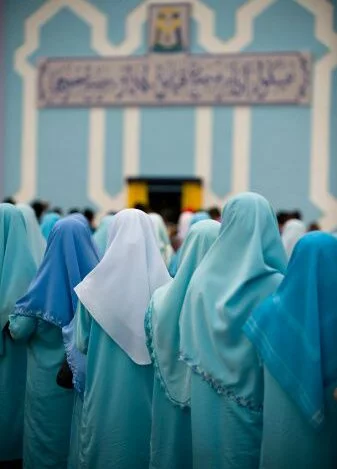 Getty
Getty
Many people, especially those who are not known to the teachings of Islamic religion or non-Muslims, have not much information regarding the Islamic dress codes. The dress codes as followed by the teachings of Sunn’ah and Hadith depict the modesty and sanctuary it holds in itself as being a complete religion for the whole of mankind. Similarly, Hijab holds that very same importance for women in Islam. This particular dress code for women shows how much Islam cares and values about its women race. The dress is a sign of modesty, traditions, values, holiness, sacredness.
Let’s take a quick peek at what hijab basically is. The particular dress requires women to cover themselves up in such a manner that no part of their body is visible other than the hands and face. And this act is quite essential publicly but whilst at home, one does not have to cover up like that. Many people, especially the West, have this notion in their minds that women are actually forced to cover themselves up. But little do they know, they are completely wrong about this notion and there is no such thing as imposition in Islam. Therefore, no woman in Islam is actually forced to cover herself up. Its all done out of choice and not because one was forced.
Maybe people don’t have much awareness about hijab, and this is the reason to why they have certain misconceptions in their mind. When it comes covering yourself up, it wholly and solely does not mean covering from head to toe. The most important parts that need to be covered are your neck, head but not the entire face, and your udder. These are the main parts that should not be visible. But no where in the books will you find this fact that the face ought to be covered as well. It can be done out of desire.
Intentions are a very important factor in Islam. Whatever we do, whatever we follow, all is done on the basis of intentions. And our intentions are directly linked with our Creator. Whatever we intend to do, we do it wishfully to please our Master. And our Lord being happy with us bestows His blessings on us. Same way, a woman when she covers herself up, intends to please her Lord. Not only that, she knows that this is what the Lord has asked to do, this is what Islam teaches her. And following her religion with the intention of pleasing her Lord is what matters the most in Islam.
Nowhere does it say that by wearing hijab, a woman has to sacrifice her looks and beauty. She can do all sorts of things to look nice, elegant, and pleasant as well as presentable to the world. But all should be done in a reasonable manner, and in not a way to attract the wrong kind of people. Sometimes, it can be seen that by looking, all shiny, glossy and catchy wrong kind of men can be attracted and this can lead to something unethical and immoral. That is the reason to why women in Islam are asked to cover themselves up. They should though cover themselves but at the same time, they should look neat, nice and elegant. As Islam encourages neatness, beauty and modesty.
We Love Hijab Loves : Workwear by Setrms UK (P.S. Win a FREE Silk Hijab)
October 11th, 2011 in Hijab Matters, Islamic Clothing with
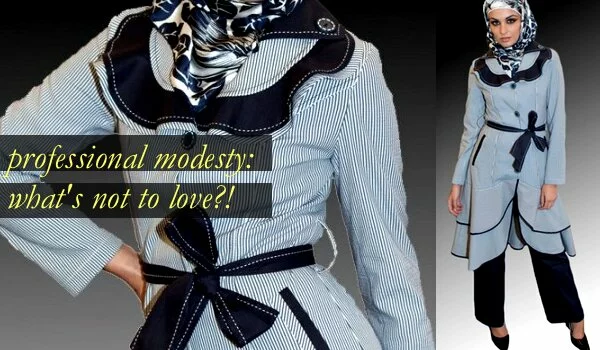
Every woman has an I’ve-got-nothing-to-wear-to-work day now and then. But, I think that Muslim women have it the hardest. Why? Because we have to find clothes that are clean, professional and modest enough to wear to work – and then we’ve got to find a hijab to match. I’m sure that many of you working women know what it’s like to find something halfway modest in your closet – for example a sleeveless tunic – only to realize that the long-sleeved t-shirt that you normally layer it with is in the dirty clothes bin…
This brings me to one of the reasons why I love the new fashion franchise called Setrms UK. While most designers sell suits that feature jackets and skirts that are too short to be hijab-friendly, Setrms UK offers long jackets and long skirt-suits that make it easy for a Muslimah to get dressed without having to worry about layering, mixing, and matching.
Some of my favorite items of Setrms UK’s first collection are their long jackets. The one pictured above is called Tulin and I can imagine wearing it in several different ways. You could wear it to work by pairing it with wide-legged pants (as shown above). You could dress it down by pairing it with jeans and a t-shirt. Or you could wear it with a simple maxi dress.
Click here to see what else Setrms UK has got to offer. And be sure to sign up for their email newsletter (at the bottom of their website) because they’re giving away a free silk hijab to one lucky subscriber… When you’re all done, come back here and let us know:
Would you wear this type of clothing to work? What do you normally wear to work? What do you think of the Setrms UK line in general?
Source: welovehijab.com
Fashion is no longer fashion when less is more
September 17th, 2011 in Fashion, Islam, Islamic Clothing with
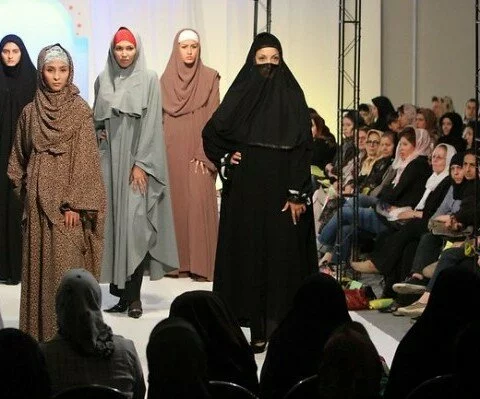
The practically and need associated with fashion trends changing with seasonal change has become lost in the chaos of consumerism. Either that, or the process of deciding what is and what isn’t appropriate for cold weather, has become very complex for the human species. A decade ago, clothes suitable for cold weather would hit all major stores before we actually transitioned to cold weather. The rush by stores to have all new-season clothing ready for customers was accompanied by rampant advertising to remind people that their wardrobes required changing, once again. However, consumerism’s push a side, clothes were, to a large part, appropriate for the weather change. (more…)
Gul Ahmed Eid Collection 2011
August 28th, 2011 in Eid, Islamic Clothing with
Eid Collection
Gul Ahmed 2011 Eid Collection for Men kurta Shalwar, Kids Dresses and women, girls dresses.
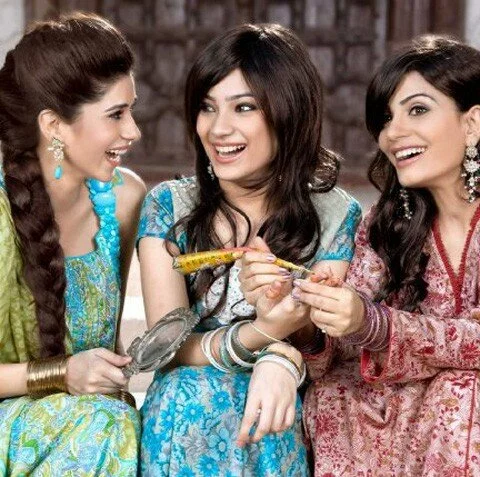
(more…)
Beautiful Eid Dress Collection for Kids 2011
August 28th, 2011 in Eid, Islamic Clothing with
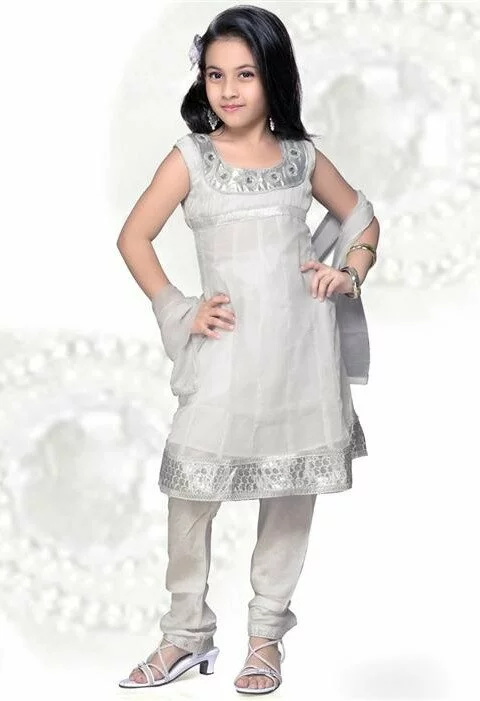
(more…)







